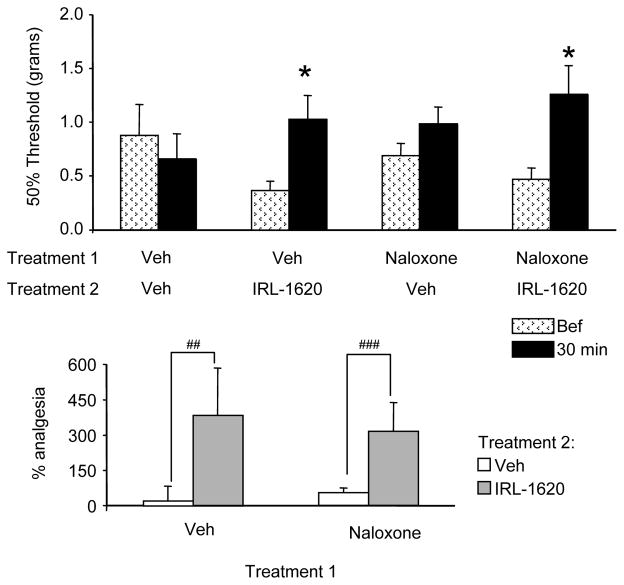Fig. 4. Effect of naloxone on the anti-allodynic effect of IRL-1620 in CPIP mice.
Top graph: two days after I/R injury, baseline mechanical sensitivity was assessed in four groups of CPIP mice (patterned histogram). Then, mice received a 5 μl i.pl. injection of naloxone (100 nmol) or vehicle, followed 5 min later by a 5 μl i.pl. injection of IRL-1620 (50 pmol) or vehicle. Mechanical sensitivity was assessed 30 min after the second treatment (black histogram). Bottom graph: the percentage of analgesia was calculated as the relative change between the two measures for each group. The significant elevation of the 50% threshold (A), or % analgesia (B), by IRL-1620 in CPIP mice was unaffected by naloxone treatment. N=7–8 / group (* p<0.05, paired t-test (compared to the value before treatment; ## p<0.05, ### p<0.01, 2-way ANOVA followed by a Bonferroni’s multiple comparison test).

